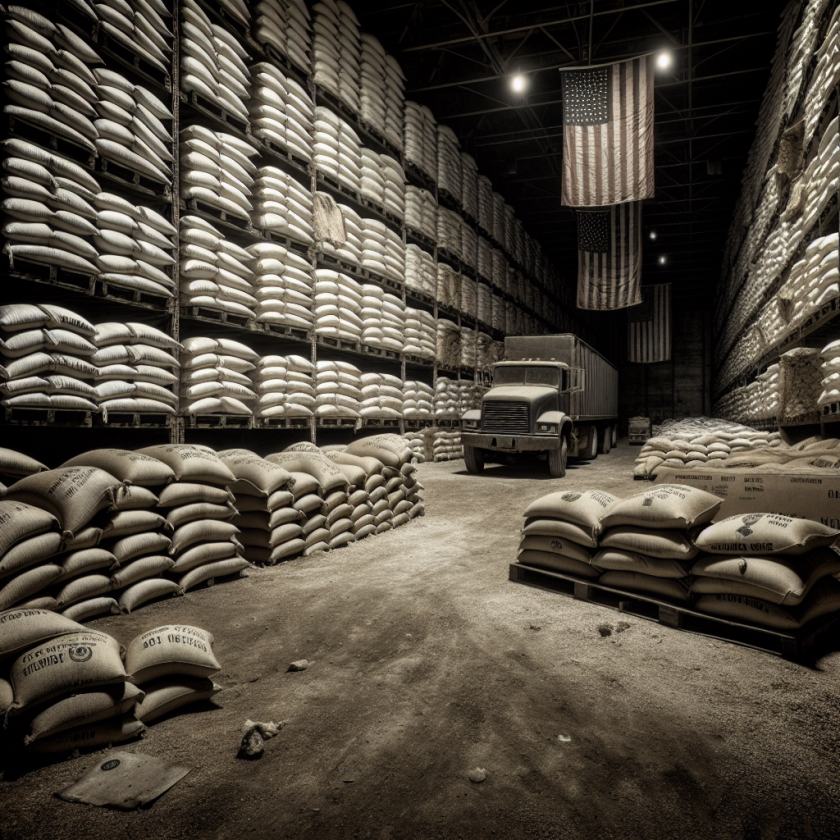Who Faces the Impact of Trump’s Tariffs?
Who Faces the Impact of Trump’s Tariffs?
Introduction to Trump’s Tariffs
In recent years, the imposition of tariffs by the Trump administration has sparked significant debate and concern. These tariffs, primarily targeting imports from China, aim to protect American industries but have far-reaching consequences.
Key Affected Groups
The impact of these tariffs is widespread, affecting various sectors and stakeholders. Here are the primary groups facing the brunt:
- American Consumers: Higher prices on goods due to increased import costs.
- Farmers: Retaliatory tariffs from other countries, particularly China, have reduced export opportunities.
- Manufacturers: Increased costs for raw materials, leading to higher production expenses.
- Retailers: Struggles with supply chain disruptions and increased costs passed down from manufacturers.
Economic Implications
The tariffs have led to a complex economic landscape, with both short-term and long-term effects:
- Inflationary Pressures: Rising costs of goods contribute to inflation, affecting purchasing power.
- Trade Tensions: Escalating trade wars with key partners, impacting global trade dynamics.
- Market Volatility: Uncertainty in markets as businesses and investors react to policy changes.
Global Reactions
Internationally, the tariffs have prompted varied responses:
- Retaliation: Countries like China have imposed their own tariffs on American goods.
- Negotiations: Ongoing trade talks aim to resolve disputes and find common ground.
- Shifts in Trade Alliances: Countries are exploring new trade partnerships to mitigate tariff impacts.
Conclusion
The tariffs introduced by the Trump administration have created a ripple effect across multiple sectors, affecting consumers, businesses, and international relations. While intended to bolster American industries, the broader economic and global implications highlight the complexity of trade policies in an interconnected world.







































